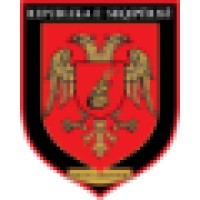
Singapore Army
OUR ARMY: READY, DECISIVE, RESPECTED Our Army is the bedrock of our nation's defence. We draw our strength from our Regulars, NSFs and Operationally Ready NSmen. We thrive on the support of our Families, Employers and fellow Singaporeans. Ready in peace, we are capable of a full spectrum of operations. Decisive in war, we will fight and win to defend our country. Respected by all, our Army is a trusted national institution. We forge the fighting spirit of our people to secure our future and protect our way of life.






